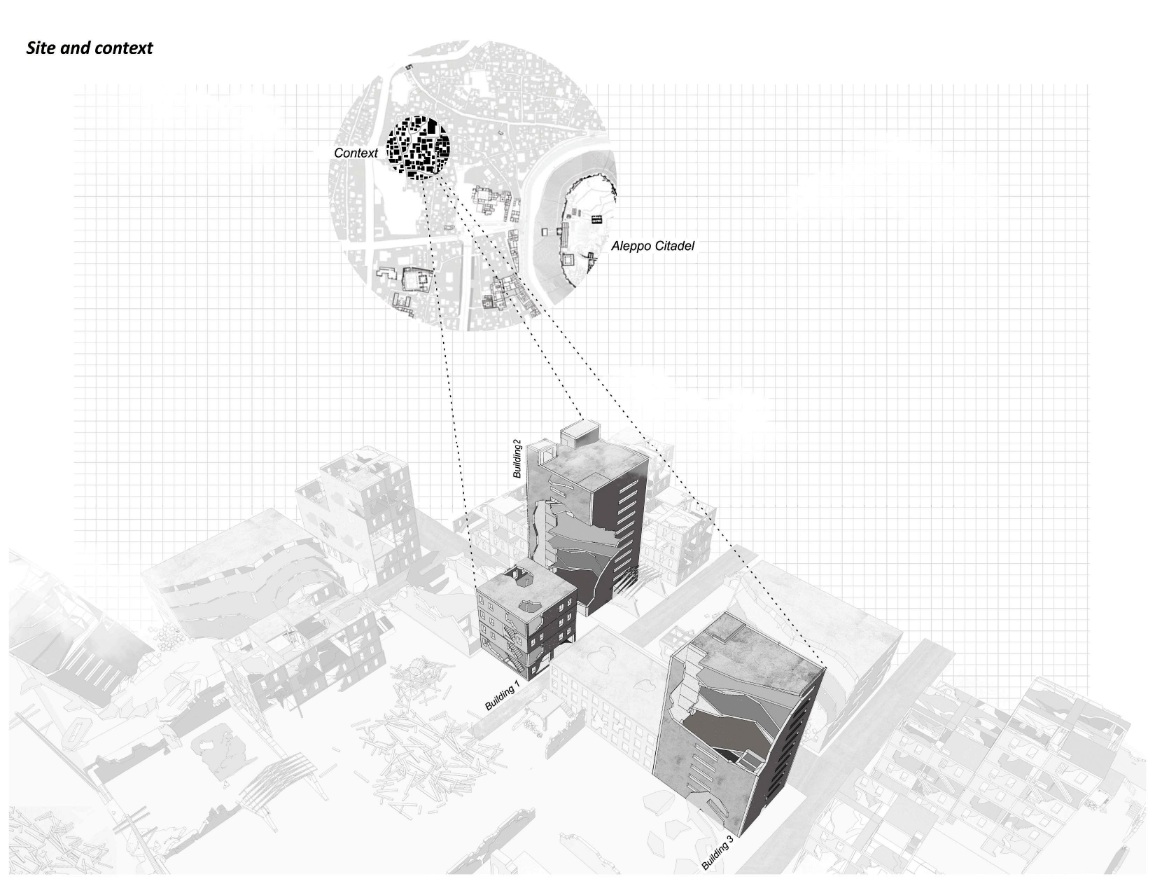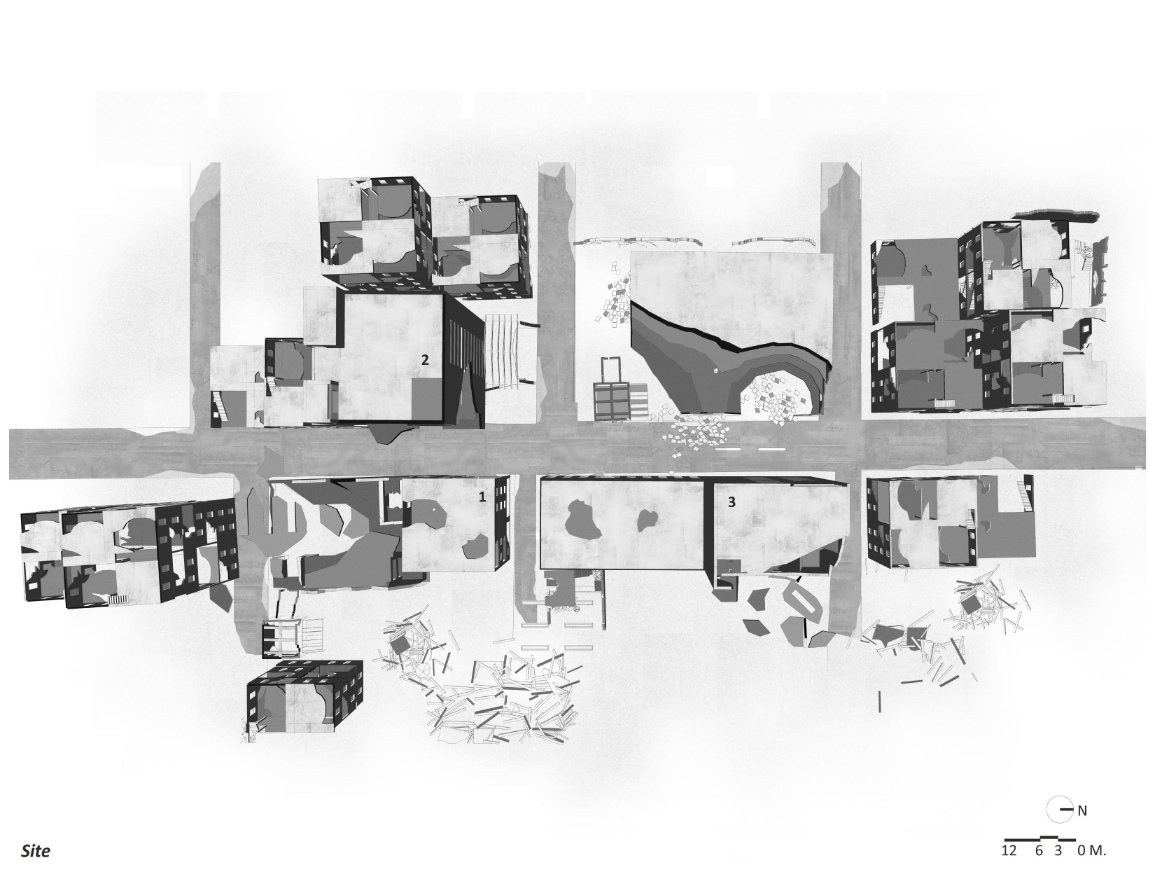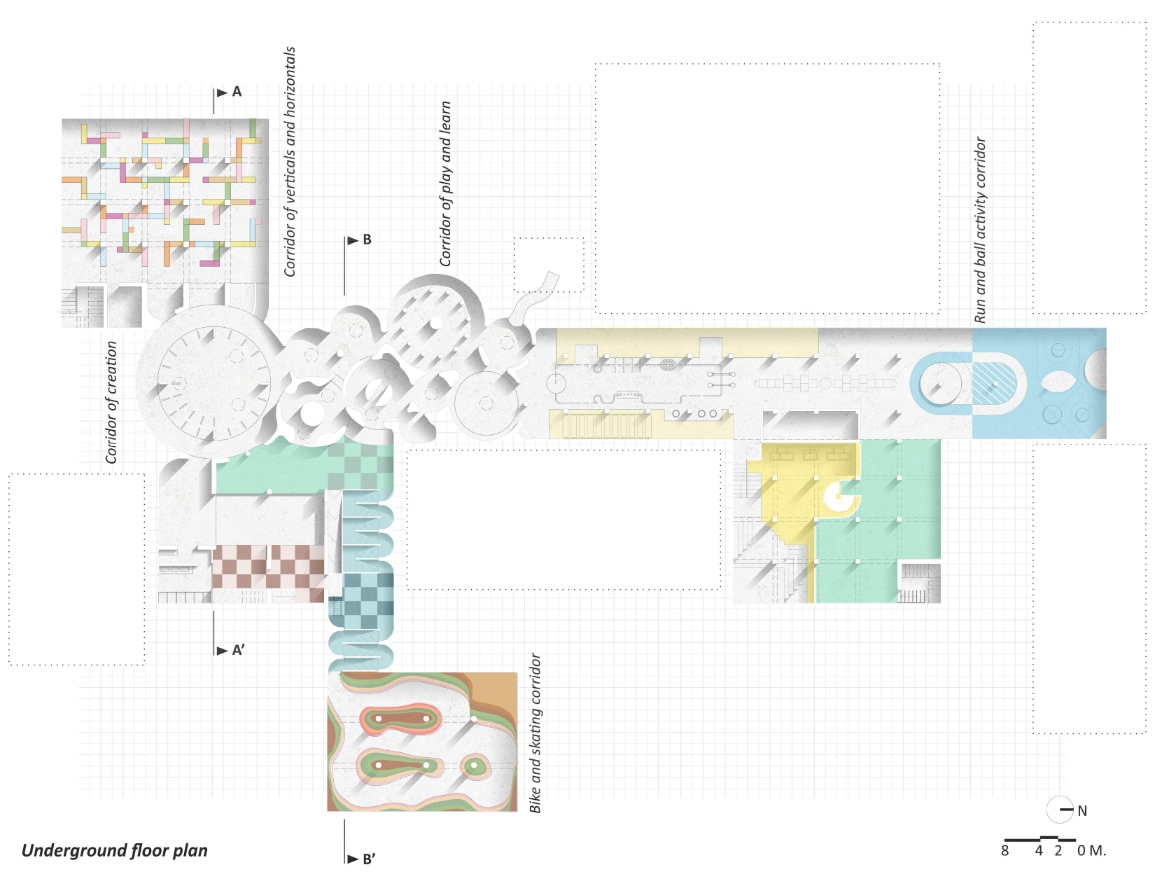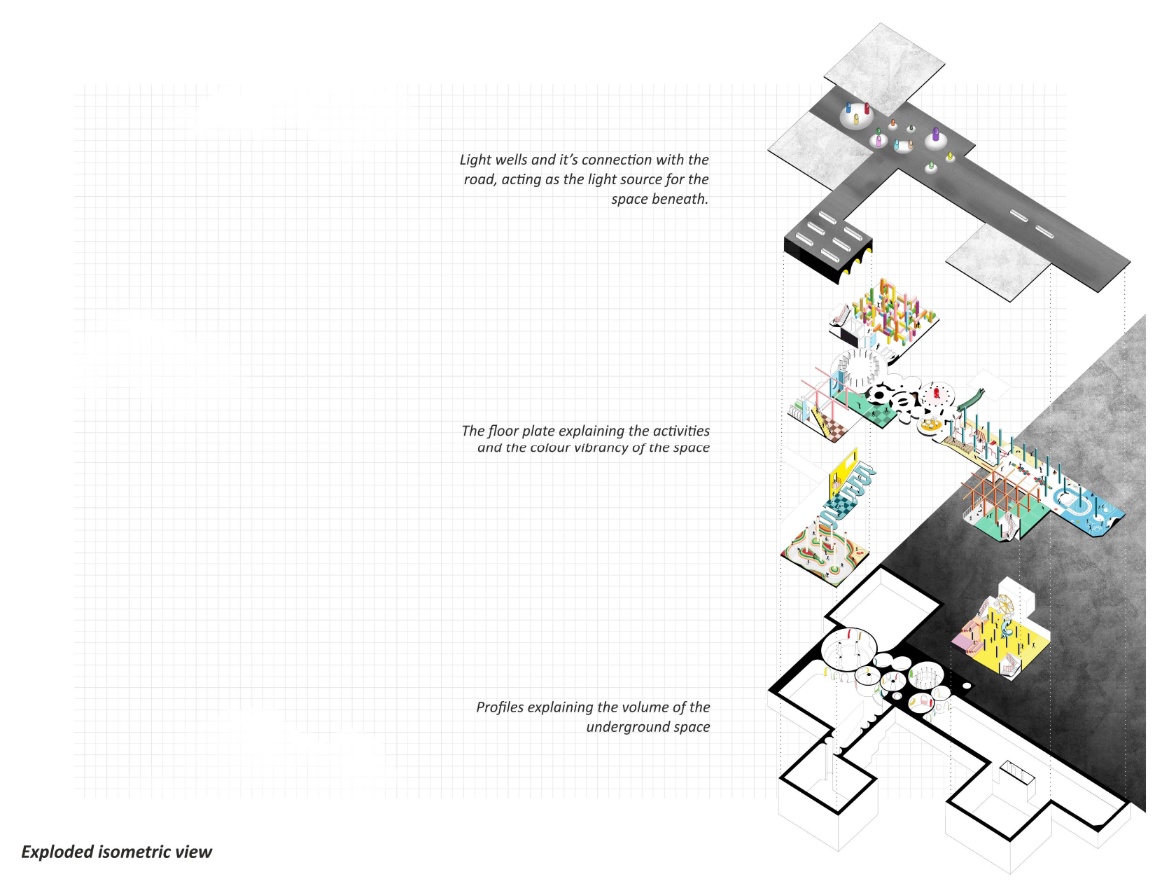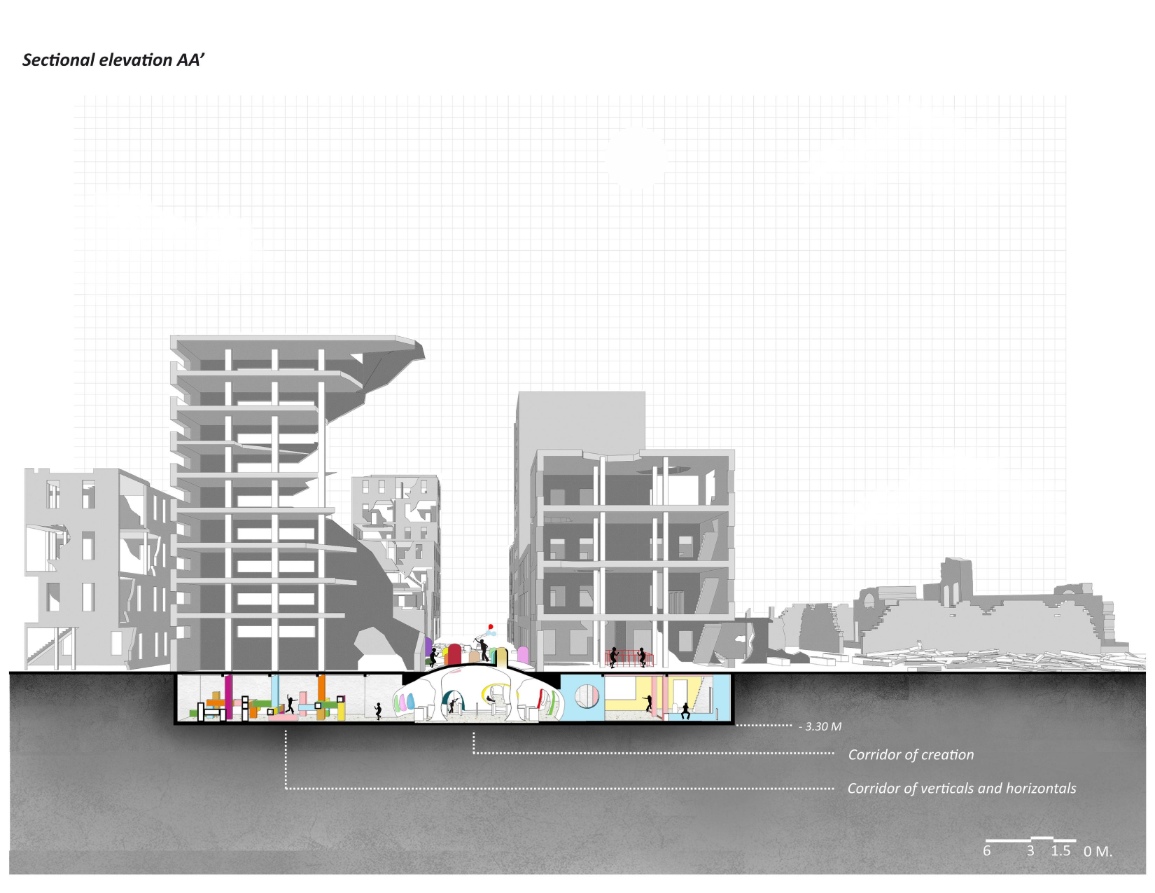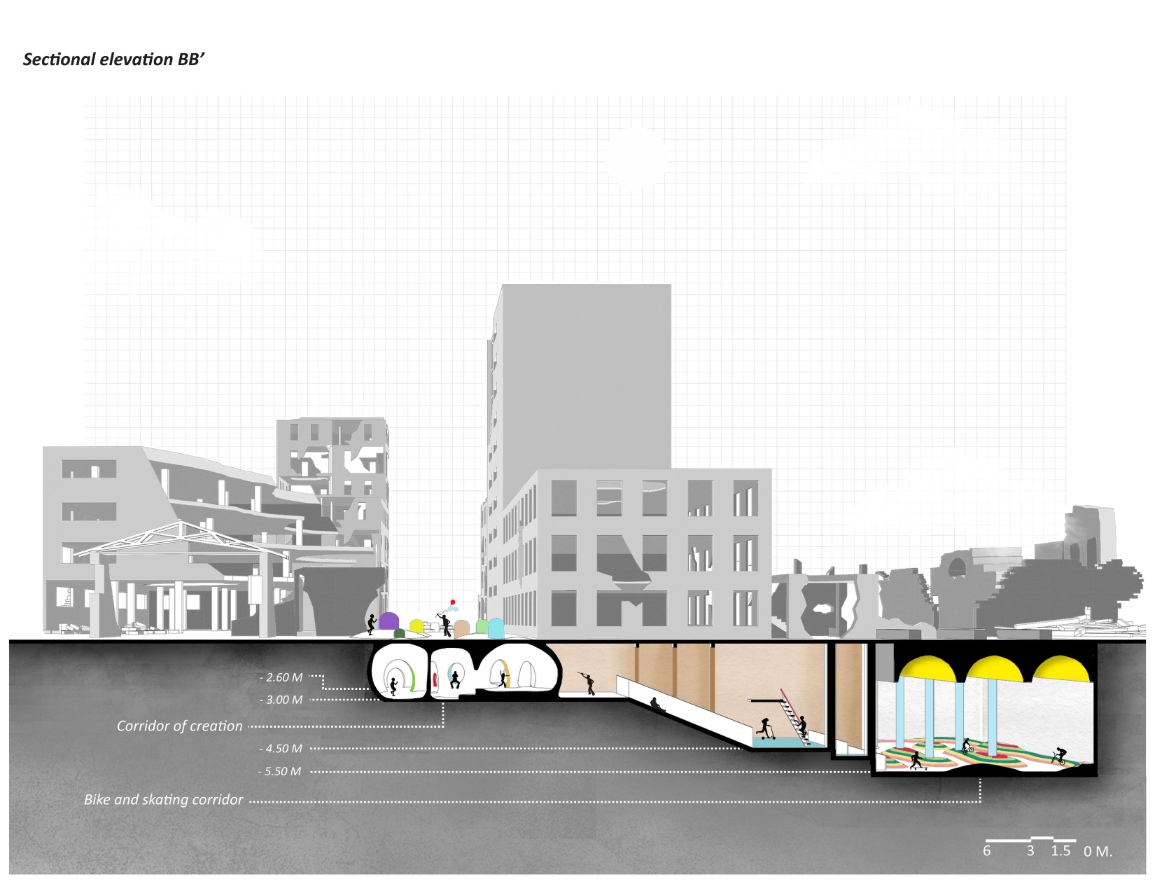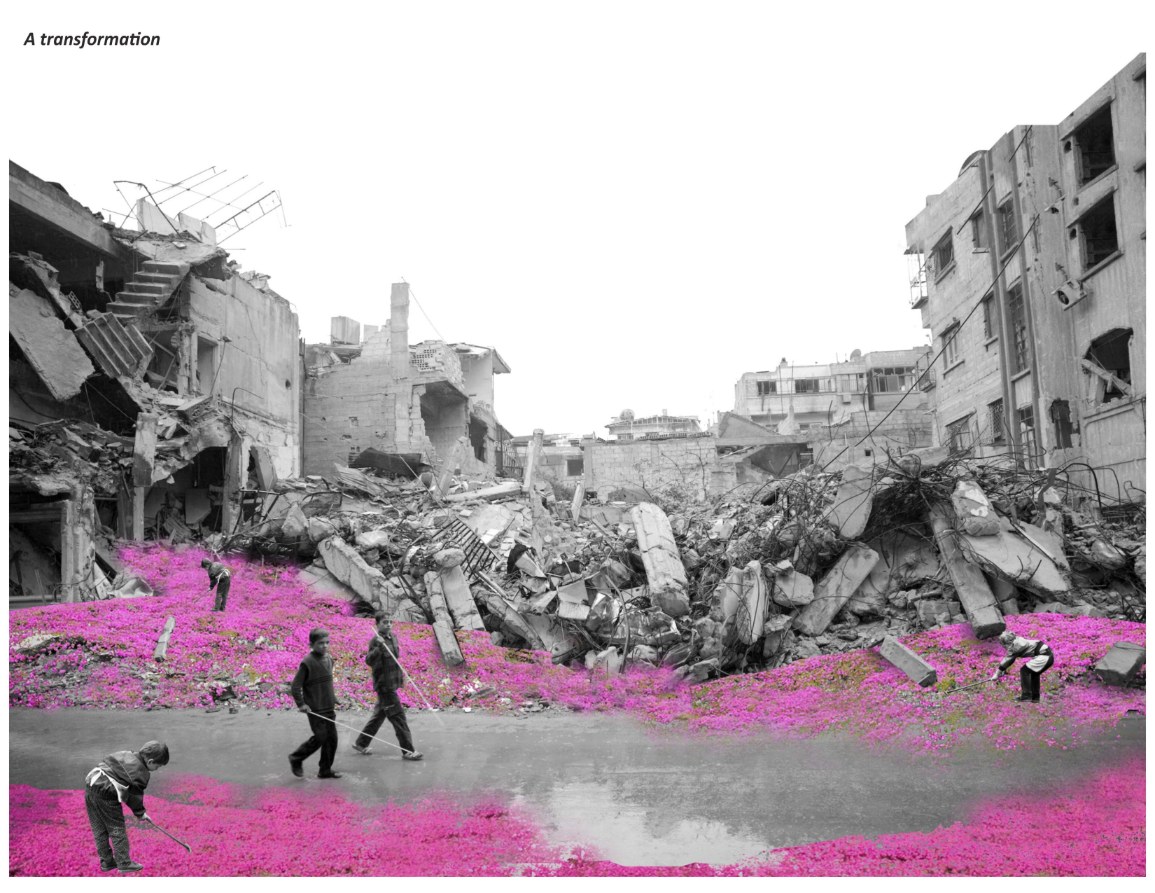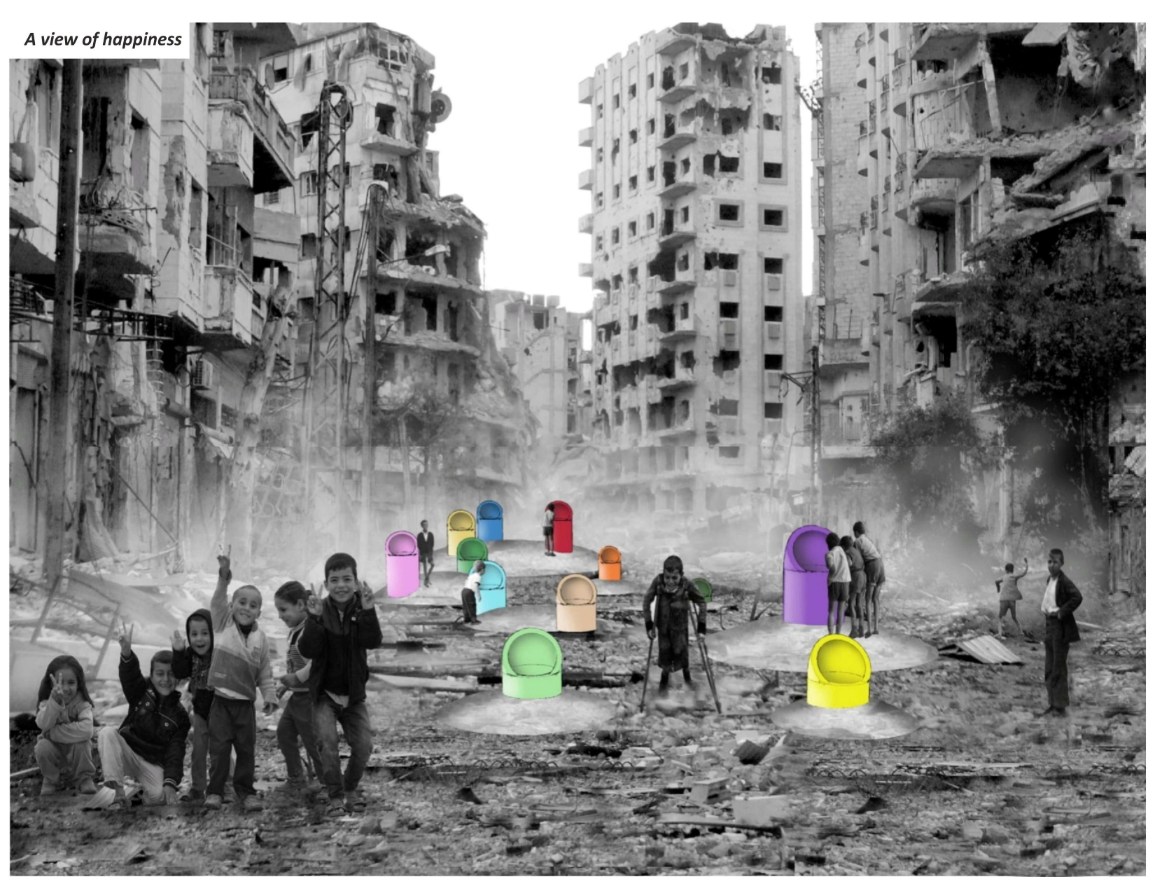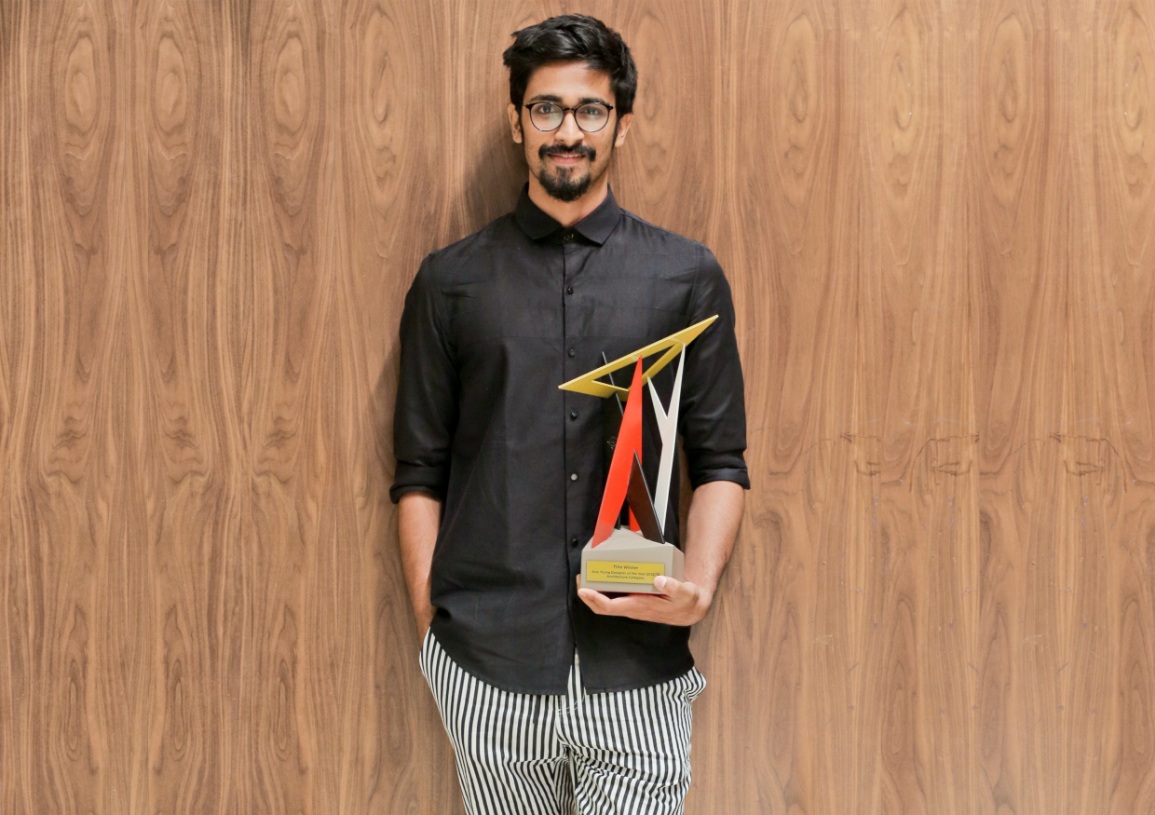
Tanay Narendra Bothara has won the Architectural category of the Asia Young Designer of the Year Awards (AYDA) 2018/19 given out Nippon Paint. He beat over 8,400 applicants from 15 geographical locations to attain the award.
An architect and self-taught photographer, he hails from Pune, India and is a nomad at heart. His love for travel, photography, art and architecture is linked with a common thread of minimalism.
Tanay is captivated by anything that conveys more through less. If an idea can be encapsulated in a single element, then why should we overcrowd a space?
Collaborating with architects, photographers and artists around the globe, he takes up multiple projects, with one aim in mind: to positively impact, in his small way, as many lives as he can.
d+a catches up with Tanay to find out more about this young architect.
How do you feel about winning the award?
Super, a dream come true moment! It’s more emotionally satisfying because the effort have been recognised. It gave me a strong push to keep going. Big thanks to Nippon Paints and Ethos India for providing such a big platform for young architects.
Please summarise your thesis project in three lines.
Children Uprooted is an attempt to bring a smile to the kids in a war zone. Can we as architects help the kids find their lost childhood? It is to imagine a space to remember and evoke emotions and memories while simultaneously inspiring a pro-active response in the child.


What challenges need to be overcome before your project can be implemented?
Firstly, getting permission for the project to be implemented in a war zone is very crucial. Secondly, planning the strategy of how to carve out a subterranean space in the war zone with limited local materials and workmen, and lastly, getting funds for the project.
Why did you decide to become an architect?
During my primary school years, I made a paper model of how my room should be. It was a flimsy and dirty model. But for the nine year old me, it was very fascinating. I was intrigued by imagining my room. And as I was growing, I always wondered how someone builds his house and wanted to build my own house one day. I guess this simple idea evolved and made me an architect.
What is your design philosophy?
When you think of Paris, what pops up in your mind first? “Love” or the “Eiffel Tower”? And when you think of your hometown, do you remember your ancestral home or the food your grandmother lovingly fed you?
We, invariably, associate places and spaces to how they make us feel. And then that emotion shapes our perception of that space. A space is not just a physical attribute. It is a part of our identity. Visual appeal, then, can be found even in the old chawl in shambles.
When designed thoughtfully, a space can evoke a particular emotion and trigger certain memories. That is what I try to achieve in my work.
What is your approach to architecture?
As an architect, I like to explore beyond the set boundaries of architectural norms by bridging the gap of what is and what can be. I believe that spatial design should be detailed but not distracting. I don’t want my design to trespass into your life. I want the people populating the space to feel like they belong there. By consciously incorporating elements that bring people together and banishing dysfunctional designs which isolate individuals from one another, my aim is to garner smiles from people. Subtlety is an art that I swear by.
Where do you draw your inspiration from to create your designs?
Along the way of my solo travels through the wild and cityscapes, I observe the dichotomy of man and nature, imbibing cultural nuances of the people I meet and taking inspiration for my art. When I was cycling in Gujarat, I met a cobbler in Ahmedabad. He had created his own space on a footpath to sell shoes. What caught my eye were the miniature shoes he was making. I stopped by and enquired about them. He said, “We used to make these small shoes back in village. After coming to the city, I did not want to lose my art. It connects me to my village and so I make it.” I kept wondering. He was trying to create his own small old world in the city he came to earn. His memories kept him happy.
Which architects inspire you? Why?
Oh there are many, haha! But I am always inspired by Tadao Ando and Cyril Lancelin’s work. While Tadao Ando’s design is minimal, like a calm state of mind, Cyril Lancelin’s design is more cheerful and artistic, like a sculpture. But the similarity I find between them is their ability to refrain and not overdo the design. Keeping it simple yet magical!
From your vantage point as a young designer, what do you think is the single biggest challenge facing architecture today?
Global Warming! Our spaces/buildings must respond to the fast-changing climate. They shouldn’t overpower the cohesive living of man and nature, rather act as the mediator between two. Our designs should be human and environment-centric and not budget-centric.
With the world population growth forecast at 8.5 billion by 2030, we will continue to require urbanisation and housing solutions. In light of the current environmental issues, it is crucial for corporations to champion sustainable design solutions, and prompt developers, architects, interior designers to start thinking about how to balance the needs of urbanisation and sustainability.
Nippon Paint in an example of such a corporation. Nippon Paint believes that as young designers enter the professional field, it is important to retain the mindset of using design to better the lives of the people. Having been part of AYDA 2018/19, I personally feel that it is a platform that empowers young designers to be social changemakers in the design landscape.
Now that you've won the award, what’s next for you?
As a recipient of the award, I will be attending the Design Discovery Program at Harvard University which is fully sponsored by Nippon Paint. I donated my prize money of INR50,000 which I won in the nationals to the education of Syrian kids. And, I want to take this project ahead to find happiness for kids.


 Share
Share
